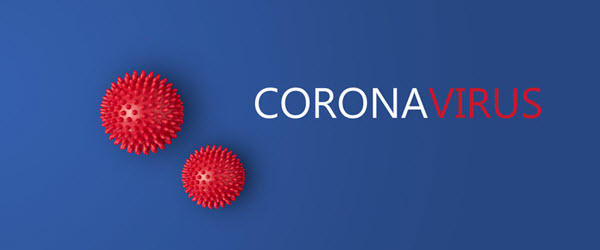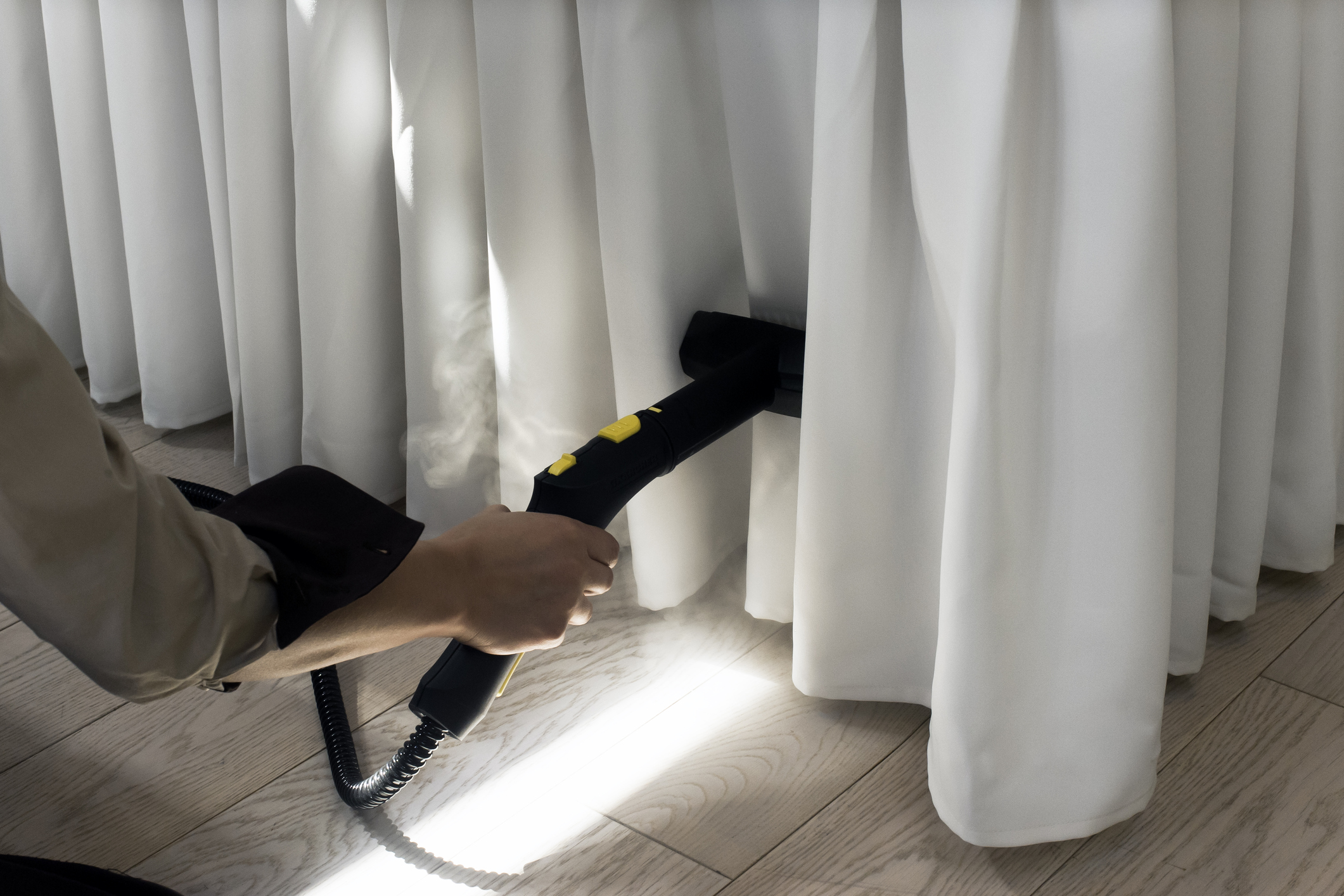Just in time for cold and flu season, new testing in six major U.S. cities reveals that gas pump and mailbox handles may be among the dirtiest surfaces Americans touch.
Just in time for cold and flu season, new testing in six major U.S. cities reveals that gas pump and mailbox handles may be among the dirtiest surfaces Americans touch. The results, released today by Kimberly-Clark Professional, show that more than 60 percent of gas pump and mailbox handles and more than 40 percent of escalator rails and ATM machine buttons can be highly contaminated, potentially exposing people to illness-causing bacteria. Illness in the workplace is not just a health issue, but can also have a major economic impact. Each year companies lose $1,685 per employee due to absenteeism and presenteeism (employees coming to work while sick).
The testing was conducted by trained hygienists in high traffic locations in Atlanta, Chicago, Dallas, Los Angeles, Miami and Philadelphia. Using a Hygiena SystemSURE II™ ATP Meter, a device commonly used to monitor sanitary conditions in industry, hygienists swabbed the objects to measure levels of Adenosine Triphosphate (ATP). ATP is present in all animal, vegetable, bacteria, yeast and mold cells. Detection of ATP indicates the presence of contamination by any of these sources. Everyday objects with an ATP reading of 300 or higher are considered to have a high risk for illness transmission. In all, more than 350 separate swabs were taken and analyzed.
The percentage of public surfaces tested and found to have high levels of contamination (an ATP count of 300 or higher), includes:
– 71 % of gas pump handles
– 68 % of mailbox handles
– 43 % of escalator rails
– 41 % of ATM buttons
– 40 % of parking meters/kiosks
– 35 % of crosswalk buttons
– 35 % of vending machine buttons
“People do not realize the amount of contamination they are exposed to going to work each day and doing everyday things like filling their gas tank or riding on an escalator,” says Charles Gerba,PhD, professor of microbiology at the University of Arizona. “This new testing is compelling because it underscores the importance of hand and surface hygiene. Most cold and flu viruses are spread because people touch surfaces in their immediate area and then touch their faces, other objects and other people. Washing and drying your hands frequently throughout the day, can help prevent your risk of getting sick or spreading illness around the office.”
“The likelihood for illnesses to transfer from the objects that people use every day like ATMs and parking meters is eye-opening,” says Brad Reynolds, North American platform leader of The Healthy Workplace Project for Kimberly-Clark Professional. “These findings indicate that illness-causing germs are everywhere and have the potential to travel with you into your office space. That’s why we developed The Healthy Workplace Project – a unique approach to hand and surface hygiene that helps employees understand and reduce the spread of cold and flu germs throughout their workplaces.”
The Healthy Workplace Project is a new, multi-faceted program that Kimberly-Clark Professional has designed to help companies provide their employees with a healthier and more productive office environment. The program provides educational materials in conjunction with hand and surface hygiene products to employees, arming them with the tools and knowledge necessary to break the cycle of germ transmission in the office. By reinforcing the importance of “washing, wiping and sanitizing” through The Healthy Workplace Project, employers can help reduce that impact.
For more information on Kimberly-Clark Professional and The Healthy Workplace Project visit www.healthyworkplaceproject.com.
Originally published at Infection Control Today






